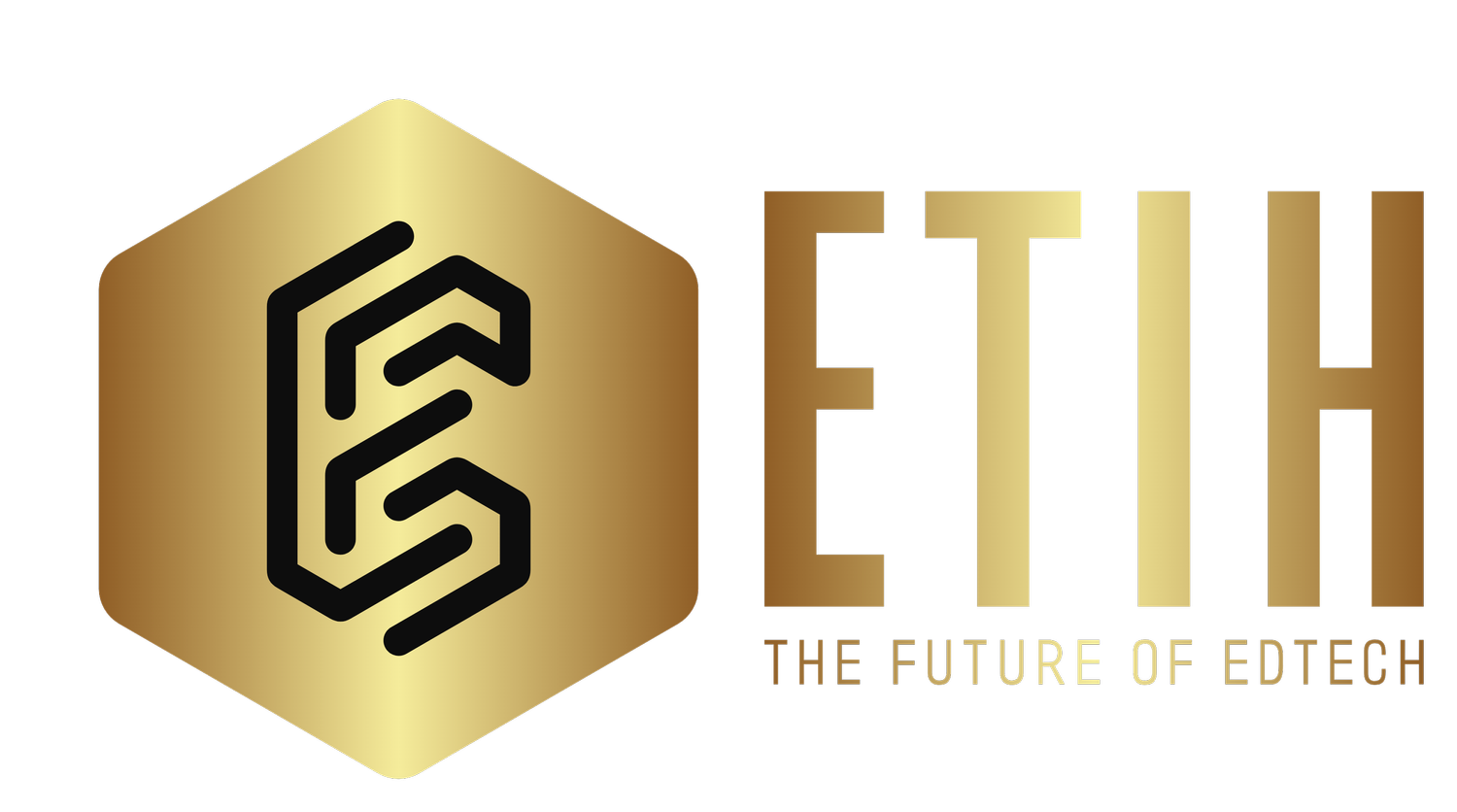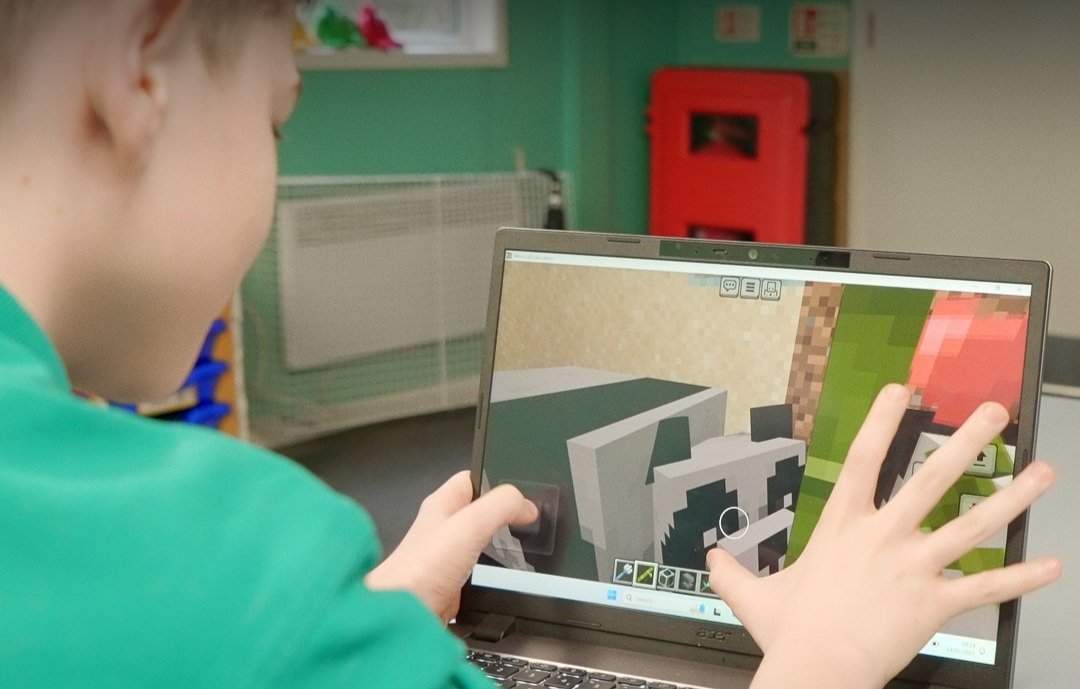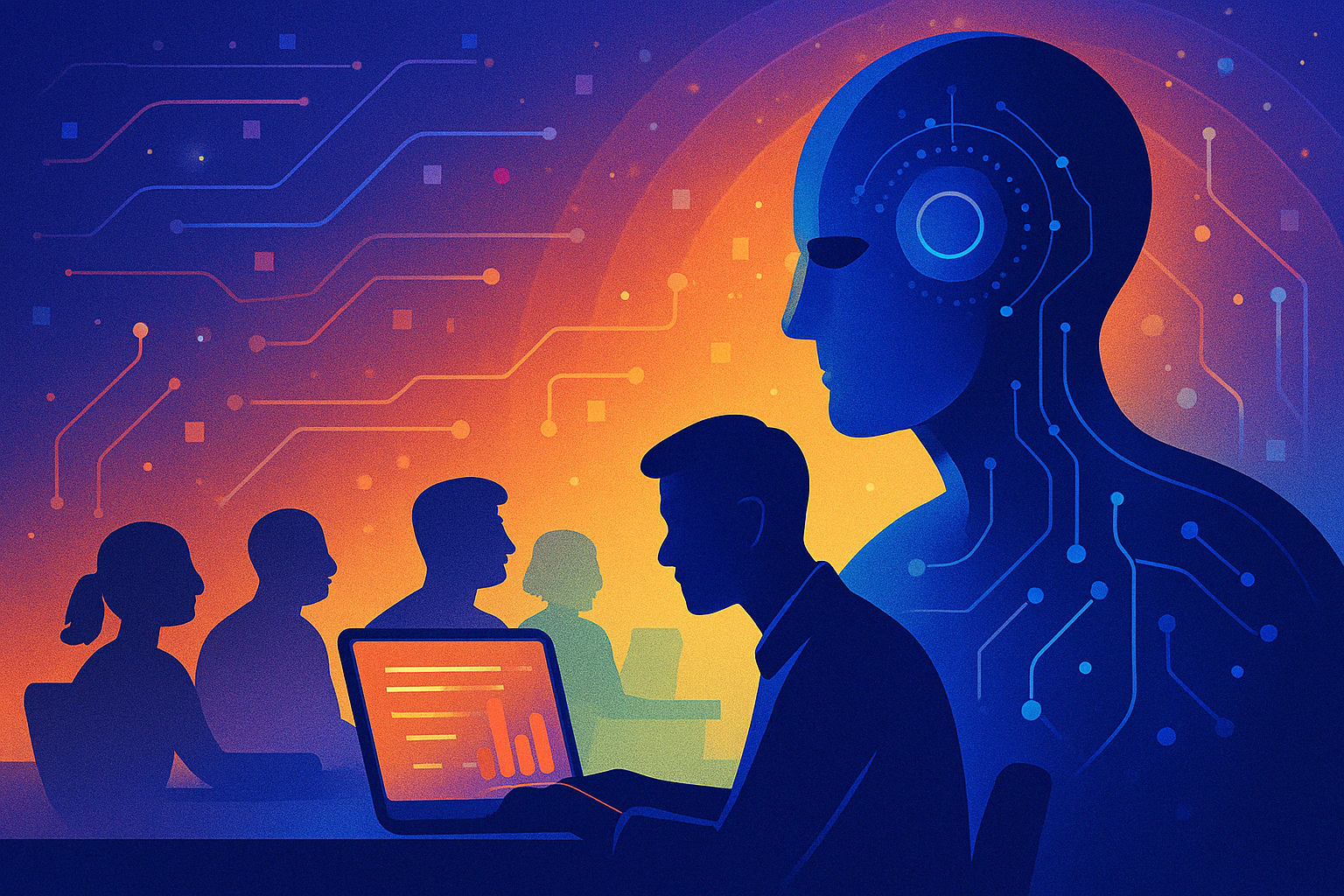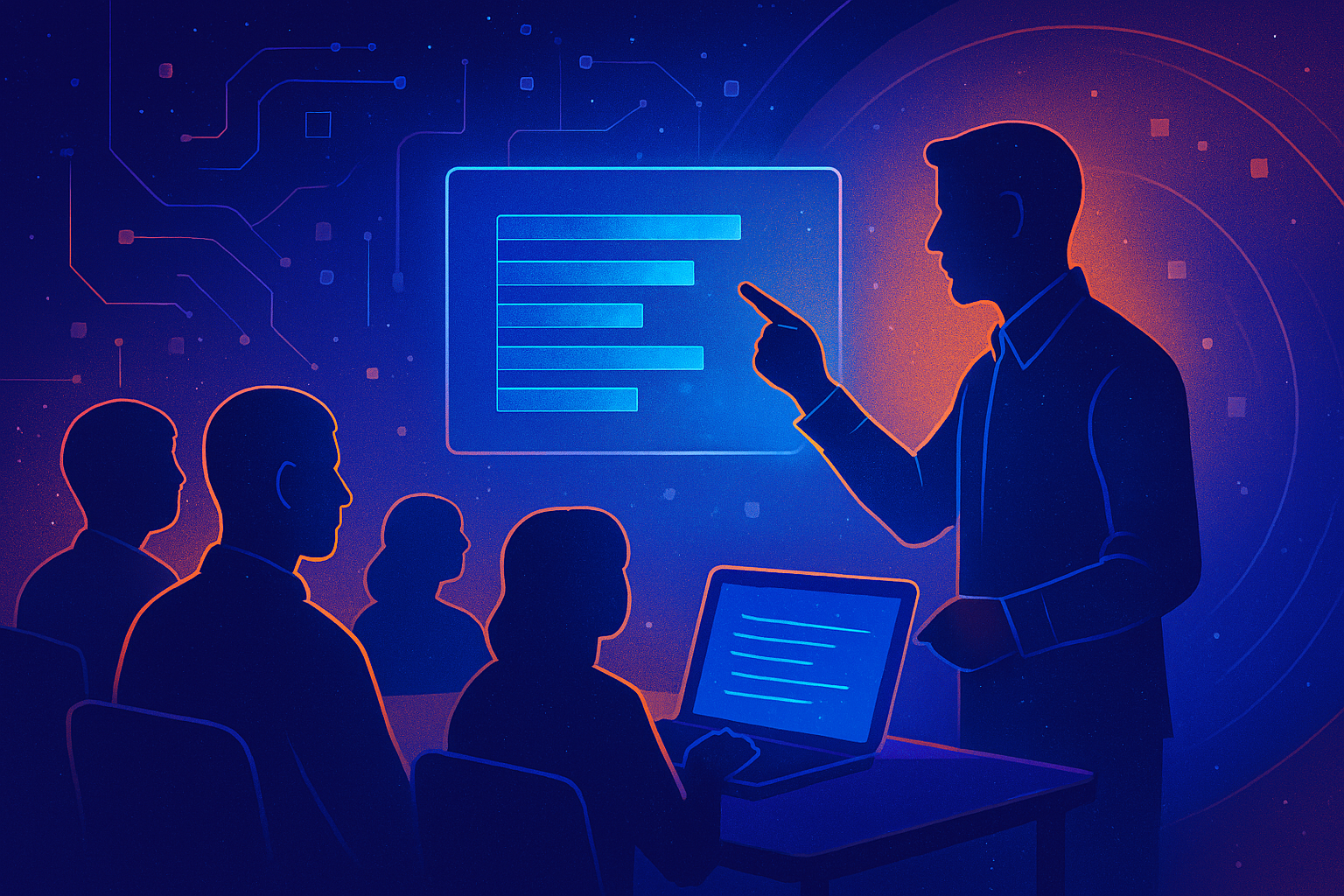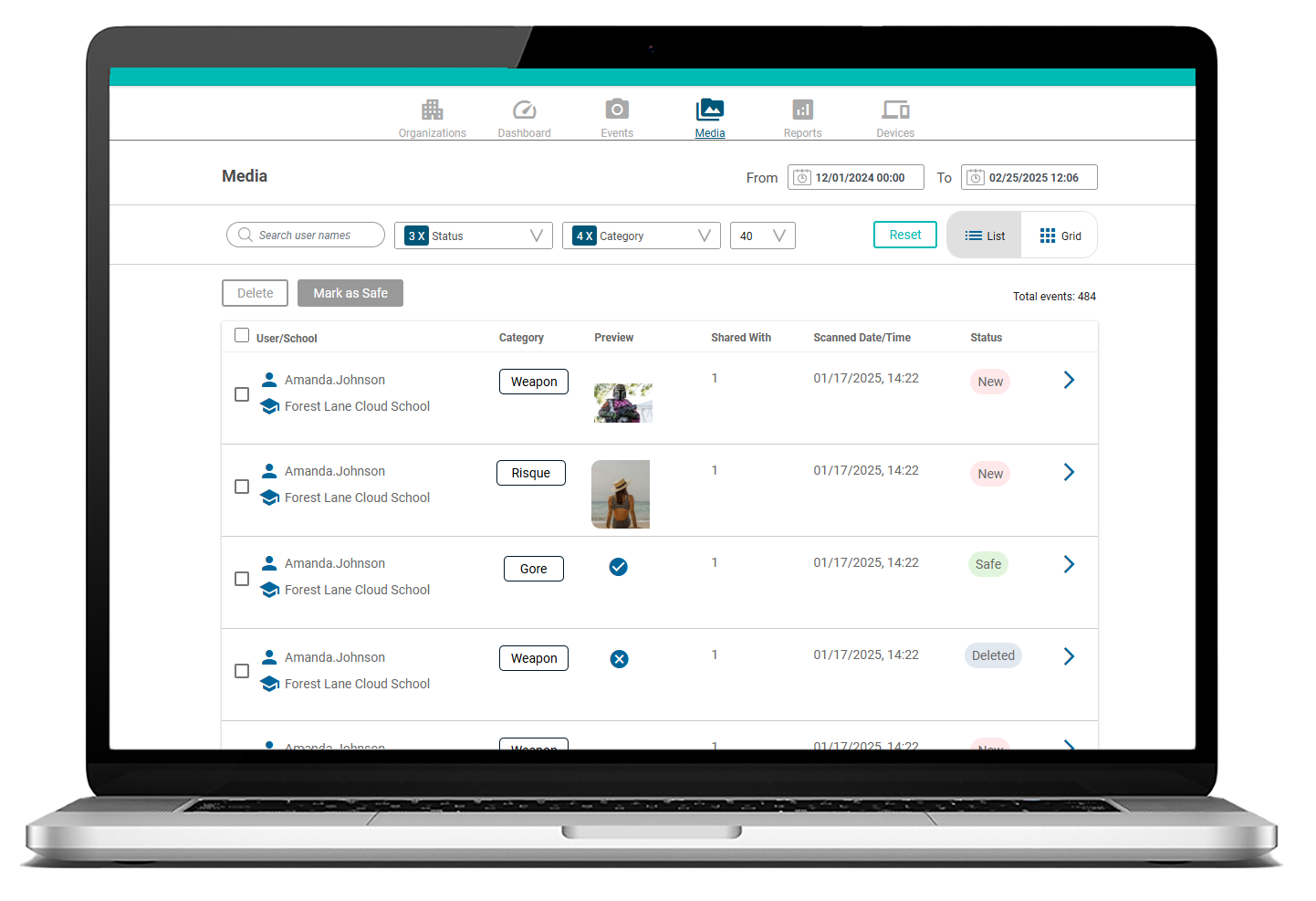Starring AI, VR, Microlearning and more: ETIH’s 10 predictions for edtech in 2025
As 2025 approaches, the world of education technology brimming with promise and complexity. Building on the momentum of 2024, we’ve identified ten key trends set to define the year ahead.
From AI-driven innovations to immersive learning tools, these predictions showcase how edtech will continue to transform classrooms, empower educators, and tackle long-standing challenges.
Here’s what we foresee for the future of education technology in 2025:
1. AI integration will deepen across classrooms
2024 showed us the potential of AI in education, and in 2025, it will become an even more integral part of learning environments. As Annie Chechitelli, Chief Product Officer at Turnitin, observes:
“For 2025, I think a major shift we will continue to see will be around how educators view and apply the technology in the classroom - from AI scepticism to identifying responsible and ethical uses. AI writing is here to stay and competency of the technology will be required of students in their future professions.
“So instead of fearing it, educators should find ways to incorporate it into the classroom. This will allow students to strengthen their writing and critical thinking skills, while at the same learning how to ethically use generative AI.”
Expect AI to assist with tasks such as content creation, grading, and real-time student feedback, freeing teachers to focus more on meaningful interactions with students.
2. Gamification to drive engagement
Gamification will take center stage as schools embrace immersive, story-driven games to make learning more engaging.
As Gaspard Maldonado, Head of SEO at Superprof, notes:
“In 2025, immersive, story-driven educational games are also expected to gain further popularity. These allow students to live through historical events, scientific experiments, and even literary work. Moreover, gamified assessments will use AI to tailor challenge levels dynamically, providing more engaging and accurate performance evaluations. Studies are also exploring how gamified learning can foster critical soft skills, such as collaboration and problem-solving, which are increasingly demanded in the workplace.”
3. Immersive learning through AR and VR
Once seen as a niche tool, virtual reality is becoming more practical and affordable. In fields like medicine, engineering, and soft skills training, VR offers immersive scenarios that allow learners to practice in a safe, controlled environment.
With the tools gaining traction in 2024, these technologies are poised for mainstream adoption in 2025 to support workforce development. Expect fields like medicine, engineering, and history to embrace immersive simulations, offering students unparalleled access to practical, hands-on experiences.
4. Lifelong learning becomes a standard
Lifelong learning and upskilling will continue to grow in importance as organizations partner with online platforms to offer ongoing education as a workplace benefit.
The World Economic Forum estimates that by 2025, 50% of employees will require upskilling. AI-powered tools will provide personalized development paths, addressing skills gaps and aligning training with emerging job roles.
As industries evolve, the demand for ongoing education will continue to grow. Partnerships between organizations and online platforms will offer employees personalized training paths, ensuring skills stay aligned with market demands. Lifelong learning will become a cornerstone of professional development, empowering individuals to adapt to changing roles and industries.
5. Hybrid and remote learning models will expand
The hybrid learning models that gained traction post-pandemic will evolve further in 2025. Schools will experiment with AI-driven flipped classrooms and tools to monitor engagement and detect learning difficulties. These models will make education more accessible to non-traditional students, including adult learners, individuals with disabilities, and those in rural communities across the world.
6. Personalized and emotionally intelligent AI learning
Adaptive AI systems will evolve to include emotional analysis capabilities, gauging student engagement and stress levels to tailor educational materials accordingly. As Maldonado highlights:
“Adaptive AI systems, which will continue to boom in 2025, now include emotional analysis capabilities to gauge student engagement and stress levels, adapting educational material presentation accordingly. This evolution will improve AI’s ability to create not only personalized but also emotionally intelligent learning environments.”
7. Clean energy powers school transportation
In 2025, more schools will turn to clean energy solutions to power their transportation systems, reflecting a broader push for sustainability in education. Expect a significant rise in the adoption of electric buses, which not only reduce carbon emissions but also lower long-term operating costs for schools.
These efforts align with global goals to combat climate change and create healthier environments for students. Alongside electric vehicles, schools are likely to embrace other green technologies.
8. Migration to the cloud accelerates
In 2025 we predict more educational institutions will shift to cloud-based solutions to enhance scalability, reduce costs, and improve collaboration.
Cloud platforms, such as those offered by Amazon Web Services and Microsoft, allow schools and universities to streamline operations, replacing costly on-premises systems.
This trend will support the adoption of Software-as-a-Service (SaaS) learning management systems, which are easier to maintain and update remotely.
Migration to the cloud also improves accessibility, enabling students and educators from K-12 to workforce development to connect seamlessly from anywhere.
9. Nanolearning gains traction
In 2025 we think - nanolearning—delivering highly focused, short educational modules—will become a core approach for skill development and lifelong learning. Platforms like Duolingo have already demonstrated the effectiveness of breaking complex topics into digestible, quick segments, often as short as 5-10 minutes.
Nanolearning is particularly appealing for today’s learners who are juggling multiple responsibilities. Its flexibility allows individuals to pick up new skills during small pockets of time, aligning with modern attention spans and busy schedules. For educators and organizations, this trend offers an efficient way to deliver targeted training, empowering learners to acquire knowledge on-demand without disrupting their routines.
10. Teachers remain at the core of innovation
Amid the rapid pace of technological advancements, one fundamental truth remains unchanged: teachers are the cornerstone of education.
In 2025, despite the rise of AI, VR, and other cutting-edge tools, the role of the teacher will be more critical than ever. However, AI should act as a powerful tool in the hands of teachers, enhancing their impact while keeping them at the heart of the learning experience.
The coming year will see a shift in how technology is designed and implemented—not as a replacement for educators, but as a means to enhance their impact. AI tools will continue to assist with tasks like grading, lesson planning, and tracking student progress, reducing administrative burdens and freeing teachers to focus on what they do best: connecting with their students.
At its core, 2025’s technological advancements should strengthen the teacher-student relationship, ensuring that the human connection remains central to education.
